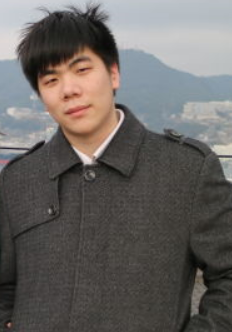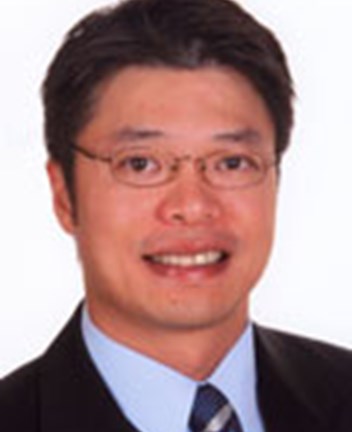Since LIB is the most popular energy source for modern electronics and electric vehicles, an effective method to inspect LIB during the manufacturing process is very critical. To date, there is no effective method to inspect LIB to ensure their quality and safety.
The 3 main points for achieving a good inspection of the lithium battery to identify any defects within are: stability of Field Emission (FE) current, the lifetime of Carbon Nanotubes (CNTs) and the X-ray resolution. This project has reached the stage of testing field emission using our own fabricated CNT cathode. The FE testing bench has already been setup, which includes the power supply, the high vacuum system (including the ion pump, vacuum chamber with flange and multi-electrode vacuum flange), the pico-amperemeter and the data collection system. Simultaneously, the development of the general fabrication process for the CNT array cathode has been completed.
A ballast layer which for overcurrent protection is designed to be deposited below the CNTs array. The CNTs array was patterned by electron beam lithography in a cleanroom and the CNTs were synthesized by a Plasma Enhanced Chemical Vapour Deposition (PECVD) machine. For the FE testing, a CNTs array cathode with 1 〖mm〗^2 square of emission area was assembled with an ITO anode inside the vacuum chamber. The emission current is stable at 100 μA with the applying voltage of 800 V for 800 hours. In Comparison to other CNT FE devices, this testing result is considered to have good stability of emission current and long CNT lifetime.
In addition, the setup for X-ray generation has been preliminarily built (including the X-ray room, the X-ray detector, another vacuum system, negative high-power supply, the circuit part and the lithium battery samples.) The X-ray system was tested using non-patterned CNTs chips. An X-ray image with the resolution of 500 μm has been achieved.
The patterned CNT array cathode was assembled with tungsten anode and focusing units and will be tested in the future. For the focusing units, a different structure of electric lens was simulated using COMSOL Multiphysics, in order to get a better X-ray resolution. For the best result of focusing simulation, a final focal spot of 80 μm was achieved by using two pair of asymmetric trapezoids focusing electric lenses.

Jiayu Alexander Liu received his B.E. degree in Mechanical Engineering from Shanghai Jiaotong University, Shanghai, China, in 2017. He is currently pursuing his Ph.D degree in Department of Systems Design Engineering, University of Waterloo, Waterloo, ON, Canada. His research interests include using carbon nanotube field emission for X-ray source and Nano-/Micro-devices.

Dr. Yeow, is a Professor and a Canada Research Chair in Micro/Nanodevices. Dr. Yeow has made significant contributions in the development of nanomaterial based devices for industrial inspection and medical diagnosis. Dr. Yeow has been developing carbon nanotube (CNT) field emission (FE) based X-ray imaging systems for over 15 years. From 2004 to 2008, Dr. Yeow has led his research group to formulate a comprehensive model for analyzing the behaviors of CNTs during FE. They have also developed a wealth of knowledge on emitter design and their degradation process. From 2008 to 2013, a CNT FE cathode with a ballast resistor and a coaxial gate electrode were designed, fabricated, and tested. The CNT cathode proved to be stable and efficient and ready for the proposed X-ray system. A dedicated cold cathode X-ray source lab was founded in 2009 and demonstrated its first CNT FE based X-ray tube. Since 2013, they have focused on both X-ray tube design and optimization of the CNT cathode. They fabricated a dual beam X-ray source based on their CNT cathode. They reported Coulomb explosion during FE for the first time, which gave a clear explanation of CNT degradation and how to extend the emitter lifetime. In addition, they completed some initial investigations of electron beam focusing, focal spot temperature rising, and collimator design by using finite element multi-physics simulation and Monte Carlo method. Dr. Yeow’s contributions on nanomaterials and nanodevices have been widely recognized by numerous awards such as Douglas R. Colton’s Medal of Research Excellent, IEEE NANO Excellent Paper Award, and Natural Sciences and Engineering Research Council of Canada Innovation Challenge Award. Recently, he has been elected as Fellow of Engineering Institute of Canada and is named to the College of New Scholars, Artists and Scientists of Royal Society of Canada. He serves as the IEEE Nanotechnology Magazine Editor-in-Chief.